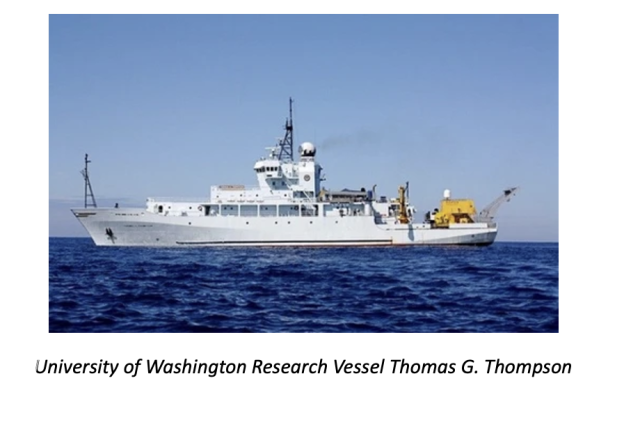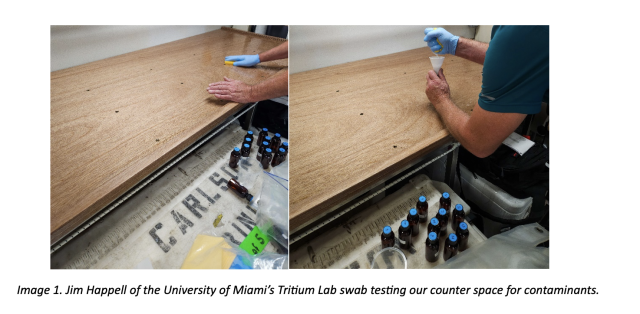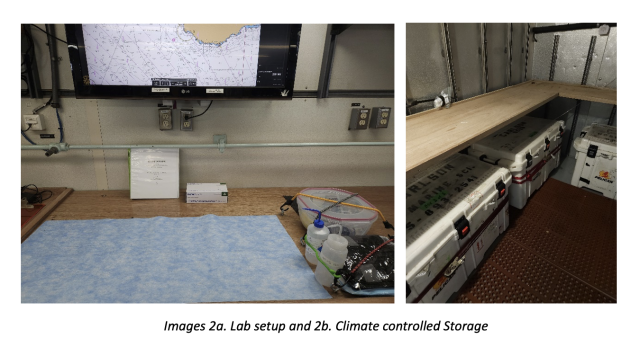GO SHIP I08S Blog - Week 1
In February of 2024, University of Miami Graduate Vic Dina joined the Global Ocean Ship Based Hydrographic Investigations Program (GO-SHIP) occupation of the IO8S transect sailing from Freemantle, Australia south towards the Antarctic Circle and back towards Freemantle, Australia. Follow along as Vic offers readers a glimpse of life and work at sea as she collects dissolved organic matter samples for the Carlson Lab.

February 16-18 Pre-Cruise Welcome and Mobilization Prep
Hello, my name is Vic, and this blog post marks the first of a series documenting my experiences aboard the research vessel Thomas G. Thomson in its U.S. GO-SHIP occupation of the IO8S transect. During this voyage, I will collect dissolved organic matter (DOM) samples for Craig Carlson’s Microbial Oceanography Lab at the University of California Santa Barbara.
The GO-SHIP program uses ship-based hydrography to create a high-quality spatial and temporal understanding of fluctuations in the oceans regarding a wide variety of parameters, including heat, salinity, oxygen, nutrients, transient tracers, and, of course, dissolved organic matter.
Craig Carlson’s Microbial Oceanography Lab comprises an interdisciplinary blend of marine microbial ecology, microbiology, and ocean biogeochemistry that aims to understand the role of marine microbes in the cycling of elements through dissolved organic matter (DOM) as well as the marine microbial capacity to respond to and control DOM quantity and quality worldwide. By understanding the role of marine microbes, a better appreciation can be fostered for the biogeochemical significance of DOM in the marine carbon cycle. With the ocean regulating and storing approximately 50 times more carbon than the atmosphere, the work of Carlson’s lab is crucial for the monitoring and understanding of changes induced by climate warming.
I am writing this blog from Freemantle, Australia, as we prepare the vessel for mobilization. Essentially, for the next couple of days, we will unpack shipments of laboratory equipment from our respective institutions, ensuring everything made it in one piece and strapping down all parts of the labs we wish to remain in one piece throughout this cruise. Prior to setting up the lab, a final swab test was completed to ensure no contaminants were present on countertops or storage areas that could affect our samples.
After swab testing, anything immediately necessary for sample collection and data organization was secured in the main lab. Our sample containers and vials were then secured in the climate control space free from any prospective organic airborne contaminants.
Now that we are prepared with the physical necessities, it is time for scientists to enjoy their last few days on land, acclimate to their respective ship schedules, and enjoy the ride.
I’m excited to take you along on this voyage and show you what life onboard looks like.

